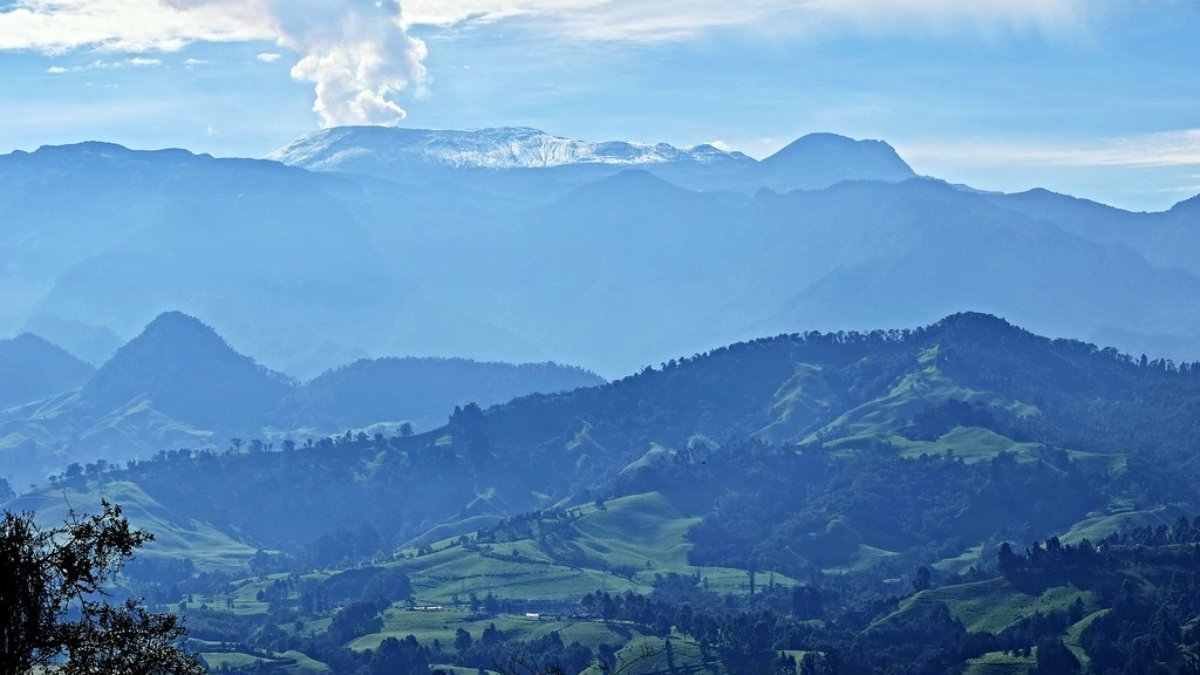
By Alice Hutchins
Rio Claro, Armero, Manizales and Armenia are all small and vulnerable towns that lay around the base of Nevado del Ruiz, an active volcano that has thrown eruptions, floods, mud-slides and earthquakes upon the people of Columbia. Although there have been many lives lost to the natural disasters in these areas, these communities are recognized for their strength and abilities to withstand whatever situations may come their way.
‘Manizales has become a global reference for disaster-risk reduction. On the walls of the Colombian Geological Survey office, a dozen plasma screens relay seismic activity, satellite imagery and webcam footage of the nearby volcano. With nearly 150 sensors and data points, Ruiz is one of the most closely monitored volcanoes in the world.’ – https://www.theguardian.com/cities/2018/nov/08/earthquakes-mudslides-active-volcano-worlds-riskiest-city-manizales-colombia
Even the poorest outreaches of the city are being reinforced and protected, with concrete foundations and ‘run-off channels’ to redirect the dangerous flow of mud and water that can sweep the hills of its houses and inhabitants. Despite limited funds and input from governance and state politicians, this community shows how a network of people can come together to learn from previous disasters and create a greater impact for the future.
‘A cross-subsidized collective insurance premium is charged on properties, meaning higher-income sectors cover poorer groups. Tax breaks are also on offer to homeowners who reduce the vulnerability of their properties. Each October the city holds “prevention week”, in which emergency drills are practised, not just for natural disasters, but for traffic accidents and fires, too.’ – the guardian
Though many countries do not have the money or the access to resources that we are afforded, implementing community programs, and raising awareness in areas around the world can go a long way to improving the quality of life, and the risk management of the entire globe. Manizales demonstrates a remarkable ability to both protect its people during a natural disaster, and to deal with the aftermath of the phenomena in a fast and effective way, and this is something that all policymakers aspire towards.